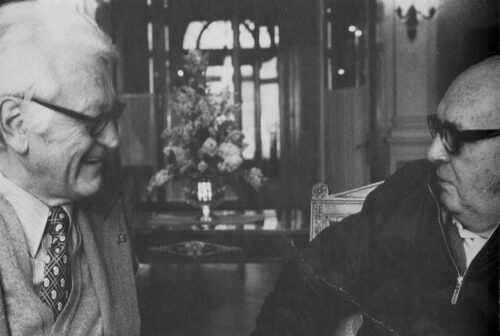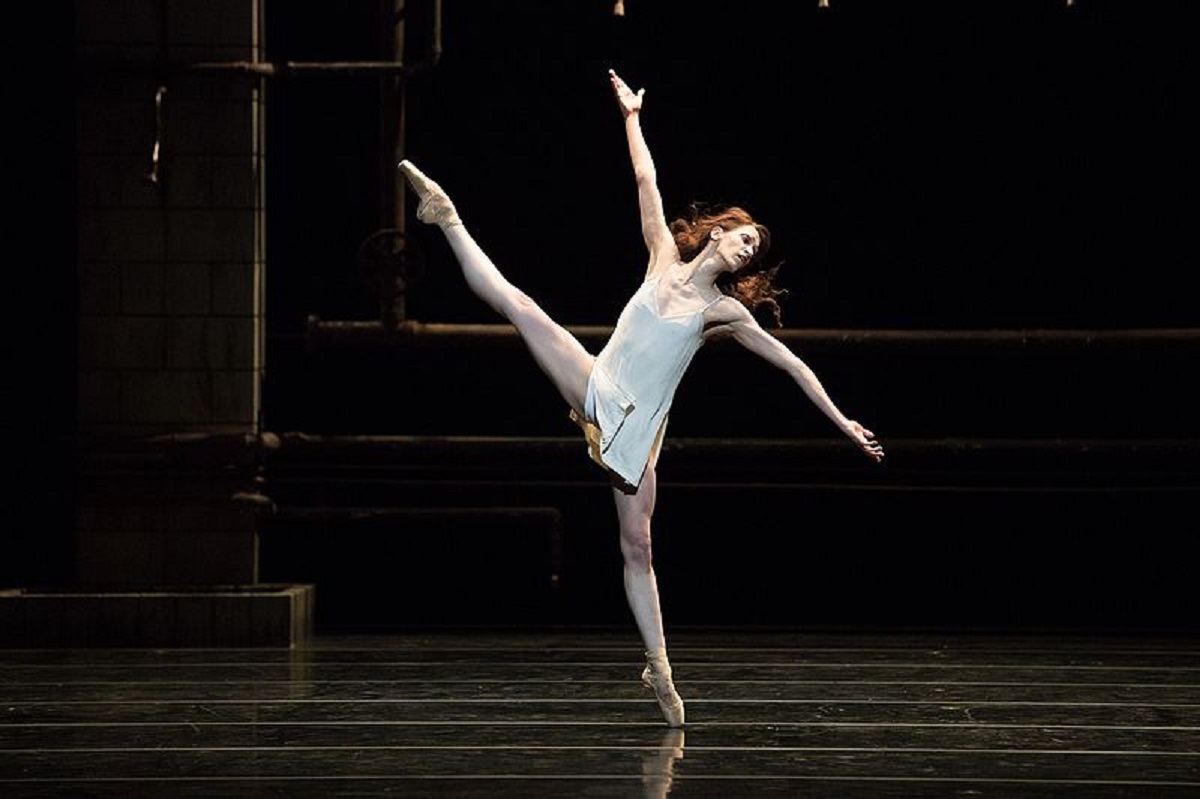“Rite of Spring” Choreography by Adam Hougland. Dancer Angelina Sansone. Photographer Brett Pruitt & East Market Studios / CC BY 2.0 DEED.
The Cultural Cold War was a set of propaganda campaigns waged by the United States and the Soviet Union during the Cold War. The Cultural Cold War, also known as the “War of Ideas,” was a battle for hearts and minds, where culture and intellectual influence were used as tools to advance geopolitical interests. The Central Intelligence Agency (CIA) and the Congress for Cultural Freedom (CCF) played significant roles in this conflict.
The CIA recognized the power of cultural influence and soft power. It covertly funded and supported a range of activities, from publishing magazines to organizing conferences, promoting a particular view of Western, particularly American, culture and intellectual thought.
The CIA understood that the intellectuals of the world held the balance of power in the Cold War, and it was crucial to win their support. To this end, the CIA sought to challenge the widespread perception that communism was the future of intellectual thought.
The Role of the CIA and the CCF
In 1950, the CIA established the CCF. The CCF was an anti-communist advocacy group that aimed to counter the influence of the Cominform, the information bureau of the international communist movement. The CCF, although publicly independent, was secretly funded and managed by the CIA. At its peak, it had offices in 35 countries and published over 20 prestige magazines. It held art exhibitions, organized high-profile international conferences, and rewarded musicians and artists with prizes and public performances. The point of these endeavors was to “showcase” US and European high culture, including not just musical works but paintings, ballets, and other artistic avenues, for the benefit of nonaligned foreign intellectuals.
The CCF had a significant impact on the cultural Cold War. It successfully promoted the idea of the West, and particularly the US, as culturally rich and intellectually robust. It challenged the narrative of the Soviet Union as the home of intellectual thought. Through its various activities, the CCF was able to reach a large number of intellectuals across the world. It provided a platform for anti-communist intellectuals to voice their views and played a crucial role in shaping public opinion during the Cold War.
Twentieth-Century Masterpieces of Modern Arts
In 1952, the CCF sponsored a month-long arts festival in Paris, known as the Festival of Twentieth-Century Masterpieces of Modern Arts. This event was part of a strategic effort to reshape perceptions of the US as a nation rich in culture, countering the notion of a barren American cultural landscape. The festival aimed to showcase the cultural vitality of the West in contrast to the perceived sterility of art in the Soviet Union. The event featured orchestras, ballets, theater, and literary events.
The CCF, under the leadership of Nicolas Nabokov, saw American modernist culture as a potent ideological weapon against the Soviet Union. To this end, the festival featured performances by nine orchestras, presenting works by over 70 composers who had been dismissed as “degenerate” and “unproductive” by communist authorities. The list of composers included notable figures such as Benjamin Britten, Erik Satie, Arnold Schoenberg, Alban Berg, Pierre Boulez, Gustav Mahler, Paul Hindemith, and Claude Debussy.

The festival commenced with a rendition of Igor Stravinsky’s Rite of Spring (French: Le Sacre du printemps), conducted by Stravinsky himself and Pierre Monteux, who had originally conducted the ballet in 1913. In a grand gesture, the entire Boston Symphony Orchestra was flown to Paris at State Department expense at a cost of $160,000 to perform the opening overture.
The impact of the festival was such that American journalist Tom Braden noted that “the Boston Symphony Orchestra won more acclaim for the US in Paris than John Foster Dulles or Dwight D. Eisenhower could have brought with a hundred speeches.” Another groundbreaking performance at the festival was Virgil Thomson’s Four Saints in Three Acts, an opera featuring an all-black cast. This was a deliberate choice, aimed at countering European criticisms of racial inequality in the US.
Summary
The Cultural Cold War was a complex and multifaceted campaign, with the CIA playing a significant role in promoting Western culture and ideology. Through organizations like the CCF, the US government made substantial efforts to influence global perceptions and win the ideological battle against communism.
Resources
Central Intelligence Agency
CIA.gov
Boston Symphony Orchestra
BSO.org
*The views and opinions expressed on this website are solely those of the original authors and contributors. These views and opinions do not necessarily represent those of Spotter Up Magazine, the administrative staff, and/or any/all contributors to this site.
